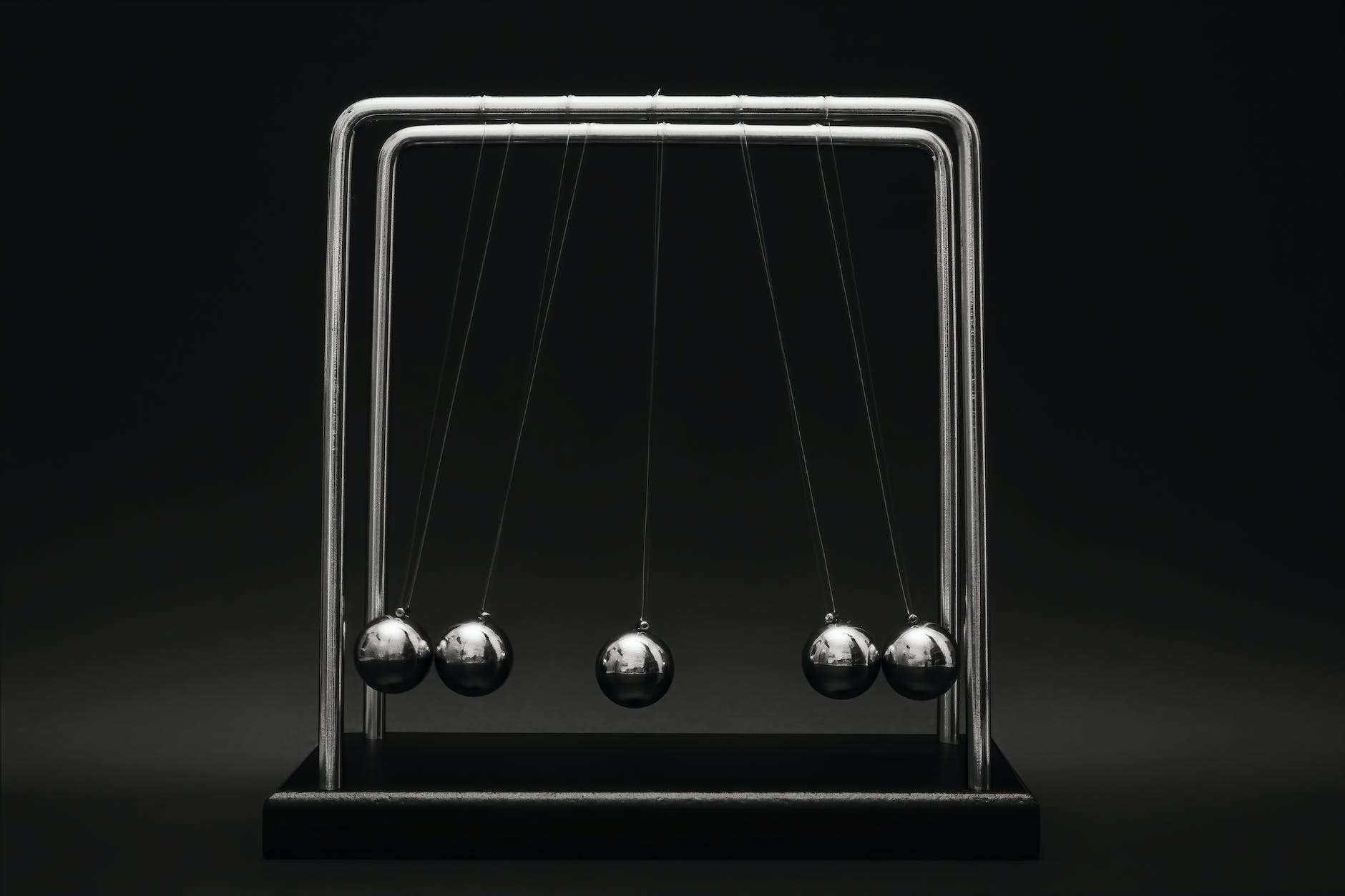Following our previous discussion on the basics of steps and swing rhythm in bowling, this article aims to delve deeper into the techniques of practicing the L, U, and V swings. After reading the preceding content, many questions might have popped up in your mind. Maintaining consistency, in particular, is often a challenging issue for many bowlers. So, what’s the secret to maintaining consistency? The answer lies in focusing on your elbow.
A Closer Look at the Characteristics of L, U, V Bowling Swings
Altering your swing affects various aspects including the kinetic energy, the swing’s breadth, and the rhythm. Consequently, maintaining consistency becomes even more challenging. So, how can we uphold consistency? The key lies in using your elbow as a reference point.
Maintaining Consistency through Elbow Positioning
When you spread your left arm and align your right arm forward (for right-handed bowlers), the inner angle of both arms should maintain 90 degrees. At this point, bending your elbow at the angle between your arm and body forms a U swing.
A V swing is formed when the angle between your arm and body is 45 degrees, and you bend your elbow. Bending it quickly increases the lifting power of the ball due to the added upward force.
Lastly, the L swing maintains the elbow straight until the angle reaches 120 degrees. In other words, you swing without bending your elbow. In summary, the major difference between the L, U, V swings lies in the position of bending the elbow. By practicing these techniques, you can improve the consistency and control the lifting of the ball.
Enhancing Consistency by Mastering the Three Patterns
When the lane conditions vary, decisions like “I need to send the skid further. I should maintain a horizontal swing pattern.” are essential. If you can make such judgments, it will greatly aid in improving your bowling skills.
However, theory alone has its limitations. It’s vital that your body remembers the swing, and for your muscles to remember the swing, consistent practice is indispensable.
What Should You Do with the Opposite Arm During a Swing?
Now, let’s discuss the role of the arm opposite to the swing. We will use a right-handed bowler as an example, so left-handed bowlers can simply reverse the instructions. The left arm plays a role in stabilizing the body’s center. Where should you place your left arm? Should it be by your side, aligned, or slightly behind?
The Role of the Opposite Arm in Bowling
The left arm plays a role in stabilizing the body’s center. If the left arm goes forward, there is a tendency for the backswing to open up. In the typical classic stance, you raise it parallel to the ground, but the left arm also determines the body’s direction. If the body is slightly twisted, it’s considered ‘open,’ and if it’s facing forward, it’s ‘closed.’
If your shoulder moves a lot or comes forward, check the position of your left arm. If your left arm is behind, your right shoulder will come forward.
Nowadays, the left arm is not often used in current trends. For instance, Daria Pajak, a famous American female pro bowler known for her clean stance, hardly uses her left arm. If the left arm moves a lot, the body’s angle wobbles, which can reduce accuracy.
It’s better to keep the left arm slightly forward as it prevents the right shoulder from coming forward. If you bowl with your left arm forward, you can bowl with minimal shoulder movement. At this time, try making a loose fist with your thumb pointing down. Think as if you’re holding a heavy object. Your left hand will easily stabilize.
There is a way to bowl by stabilizing the left hand. Since it’s hard to find something light to grip at the bowling alley, try practicing using your mobile phone. Practice carefully so as not to drop an expensive item. Repeatedly practicing in this way will reduce shoulder movement and improve accuracy.
